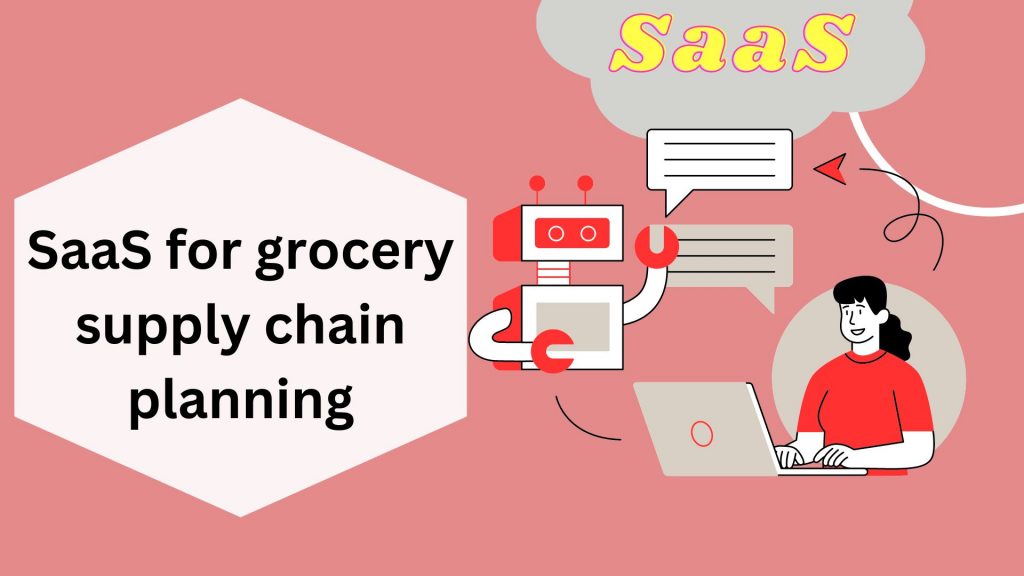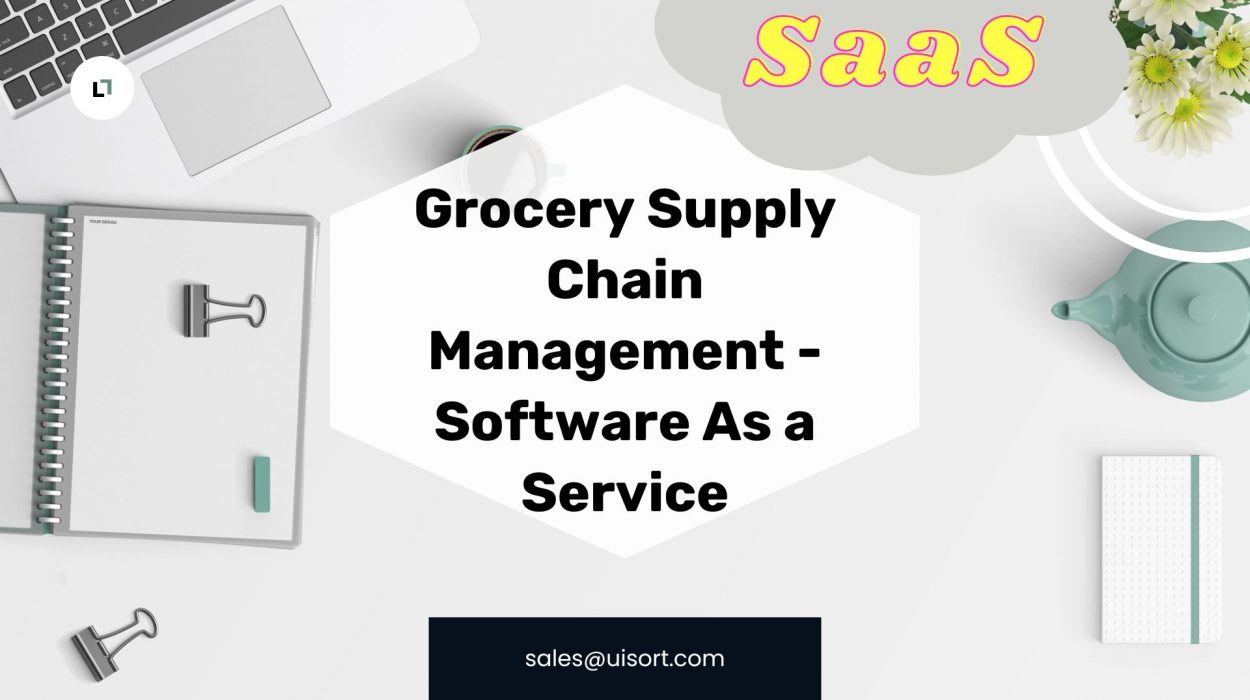Software as a service (SaaS) is a cloud computing providing that offers customers with access to a vendor’s cloud-based software.
SaaS offers a fascinating alternative to standard software installation in the business environment, where you have to create the server, install the apps and configure it. Alternatively, the applications reside on a remote cloud network retrieved through the web or an API and it works like a rental. You and your businesses have the authorization to use it for a period of time and pay for the software that you are using.
Increases in customer demand, labor shortages and shipping capacity restraints continue to break supply chains, particularly for grocery retailers. These issues have persisted throughout the pandemic, as seen with the shortages raging from fruits and vegetables to canned goods, meats and paper goods. Besides, disruptions related to inflation, oil prices and geopolitical activities have only compounded grocery challenges.
Considers the receivers effect to help understand how impactful an increase in customer demand can be on supply chains. Small changes in customer demand can trigger larger changes in retailers’ orders from customer goods manufacturers. Excellently, this leads to bigger demand swings for the materials required to manufacture those products.
The disruptions widen excessively as you move up the supply chain, as more problems get introduced, leading first to supplies and then to shortages when manufacturers over correct and reduce supply. Perishable food supply chains have an added layer of complication because they can’t be overstocked or stored for long periods due to the risk of decomposing.
Missed Opportunities
Groceries have quickly realized that their predicting systems were not designed for all these unforeseen disruptions. Many grocery vendors have found that historical forecasts were a valuable indicator of supply and demand before the disruptions of the new digital economy.
As a result, most are undertaking to use more external data and market and demand signals in their forecasts and plans. Grocery retailers are taking steps to optimize, coordinate and boost their supply chain and customer engagement through better forecasting and management.
Reaching this granular visibility is only possible with predictive analytics, AI and machine learning. Yet only a hand full of grocery vendors use AI and analytics for forecasting and demand management. Moreover, according to the progressive grocery vendor, 45% plan to do so in the next 19 months.
Grocery stores and supermarkets rely heavily on effective supply chain management to make sure that they have the perfect products on their shelves at all times. This is especially crucial in the fast-paced world of the grocery industry, where customers expect to find what they require when they require it.
Grocery supply chain management can be complex, with many variables to consider. However, by using software as a service (SaaS) for grocery supply chain planning, grocery stores can gain these advantages.
Protecting Data And Avoiding Downtime

Predictive analytics and machine learning can be easily deployed across many brands, categories and stores, empowering retail grocers to anticipate customer purchases through more reliable, dynamic forecasting models to make faster value-added decisions. This would reduce back orders and waste, particularly for perishable products.
Saas Is Highly Scalable
As business requirements grow, including unexpected spikes in demand, cloud scalability permits a quicker response to shifting customer demand. SaaS offers the flexibility to scale apps up and down all grocery categories and brands based on your requirements. Typically, scaling can be done quickly and easily with little disruption or downtime.
Captures Real-Time Data And Information
Harnessing the power of the supply chain and external marketing data can improve a grocery vendor’s ability to anticipate shifting customer demand patterns due to unforeseen disruptions and offer more personalized promotions. SaaS offers real-time data, permitting grocery stores to make informed decisions quickly. With up-to-date information about inventory levels, sales trends and more, grocery stores can make sure that their supply chain is running smoothly and that they always have the perfect products.
Rapid Deployment Reducing Time To ROI
The software is already installed and easily configured in a cloud-hosted environment. No time is wasted getting to analyzing the information producing demand-planning insights. It also reduces the workload for the grocery IT team.
SaaS Can Be Easy To Use
Demand planners have a short learning curve when migrating demand-management analytics to cloud-native solutions. With a simple, user-friendly interface, even those with limited technical experience can start using the software immediately. This makes it easy for grocery store managers to quickly and efficiently plan their supply chain operations.
SaaS Can Be Cost-Effective
One of the biggest advantages of SaaS for grocery supply chain management is cost-effectiveness. Cost savings result from a shared environment. Instead of paying for expensive software and hardware, grocery stores can simply pay a monthly subscription fee to access the software. This removes the requirement for upfront costs, installation and maintenance fees, making it a much more cost-effective option for grocery stores.
SaaS provides multiple crucial advantages for grocery supply chain management, including cost-effectiveness, ease of use, real-time data, scalability and reduces risk. For grocery stores and supermarkets, these advantages create SaaS as a valuable tool for optimizing their supply chain operations and staying ahead of the competition.
A demand management cloud-native Saas solution helps grocery vendors properly plan and forecast demand for their products and services across stores, categories and brands down to the SKU level. In turn, grocery vendors can create informed decisions about allocating resources to fulfill customers’ demand faster and more efficiently.
